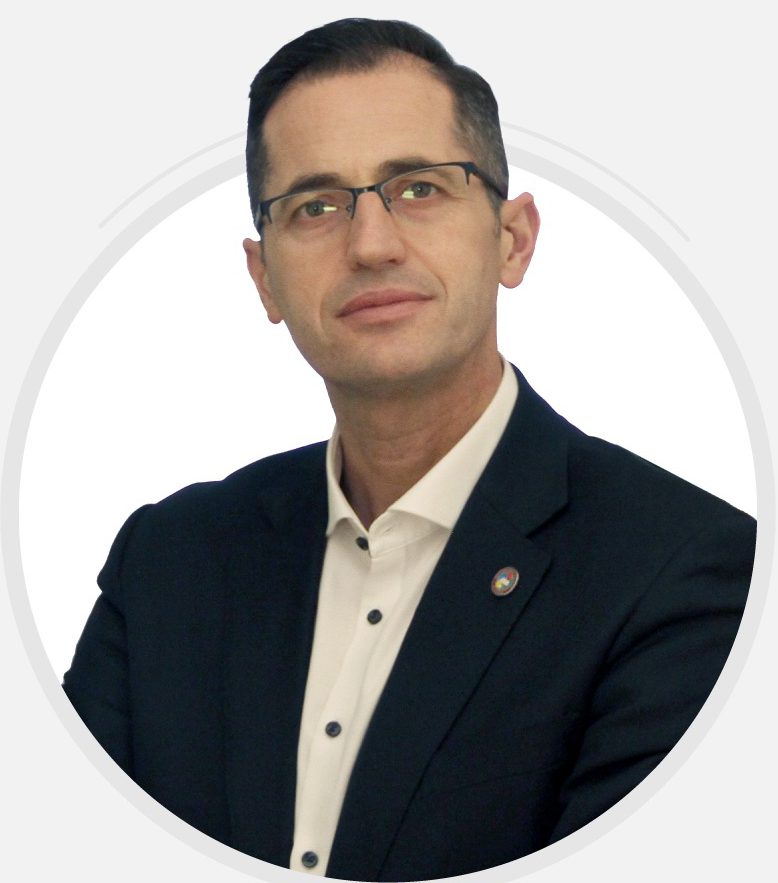Article
Publication Types:
Abstract
Active and Assisted Living (AAL) technologies and services are a possible solution to address the crucial challenges regarding health and social care resulting from demographic changes and current economic conditions. AAL systems aim to improve quality of life and support independent and healthy living of older and frail people. AAL monitoring systems are composed of networks of sensors (worn by the users or embedded in their environment) processing elements and actuators that analyse the environment and its occupants to extract knowledge and to detect events, such as anomalous behaviours, launch alarms to tele-care centres, or support activities of daily living, among others. Therefore, innovation in AAL can address healthcare and social demands while generating economic opportunities.
Recently, there has been far-reaching advancements in the development of video-based devices with improved processing capabilities, heightened quality, wireless data transfer, and increased interoperability with Internet of Things (IoT) devices. Computer vision gives the possibility to monitor an environment and report on visual information, which is commonly the most straightforward and human-like way of describing an event, a person, an object, interactions and actions. Therefore, cameras can offer more intelligent solutions for AAL but they may be considered intrusive by some end users.
The General Data Protection Regulation (GDPR) establishes the obligation for technologies to meet the principles of data protection by design and by default. More specifically, Article 25 of the GDPR requires that organizations must “implement appropriate technical and organizational measures […] which are designed to implement data protection principles […] , in an effective manner and to integrate the necessary safeguards into [data] processing.” Thus, AAL solutions must consider privacy-by-design methodologies in order to protect the fundamental rights of those being monitored.
Different methods have been proposed in the latest years to preserve visual privacy for identity protection. However, in many AAL applications, where mostly only one person would be present (e.g. an older person living alone), user identification might not be an issue; concerns are more related to the disclosure of appearance (e.g. if the person is dressed/naked) and behaviour, what we called bodily privacy. Visual obfuscation techniques, such as image filters, facial de-identification, body abstraction, and gait anonymization, can be employed to protect privacy and agreed upon by the users ensuring they feel comfortable.
Moreover, it is difficult to ensure a high level of security and privacy during the transmission of video data. If data is transmitted over several network domains using different transmission technologies and protocols, and finally processed at a remote location and stored on a server in a data center, it becomes demanding to implement and guarantee the highest level of protection over the entire transmission and storage system and for the whole lifetime of the data. The development of video technologies, increase in data rates and processing speeds, wide use of the Internet and cloud computing as well as highly efficient video compression methods have made video encryption even more challenging. Consequently, efficient and robust encryption of multimedia data together with using efficient compression methods are important prerequisites in achieving secure and efficient video transmission and storage.
Keywords
Privacy by Design, privacy preservation, visual obfuscation, secure transmision, video data
This report was created within the Working Group 2 on Privacy-by-design in audio and video data of the COST Action 19121 Good Brother funded by the EU COST Action.
